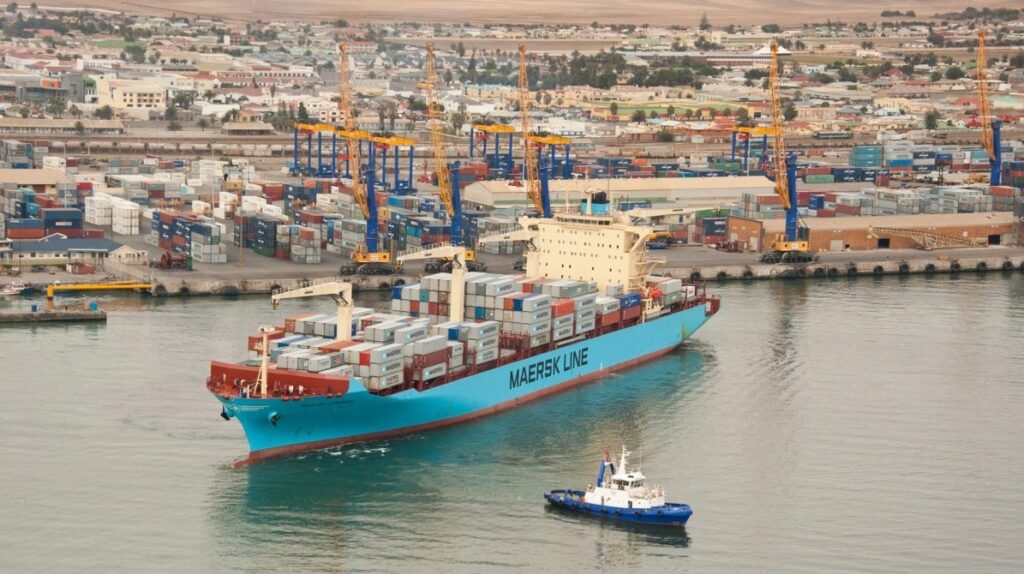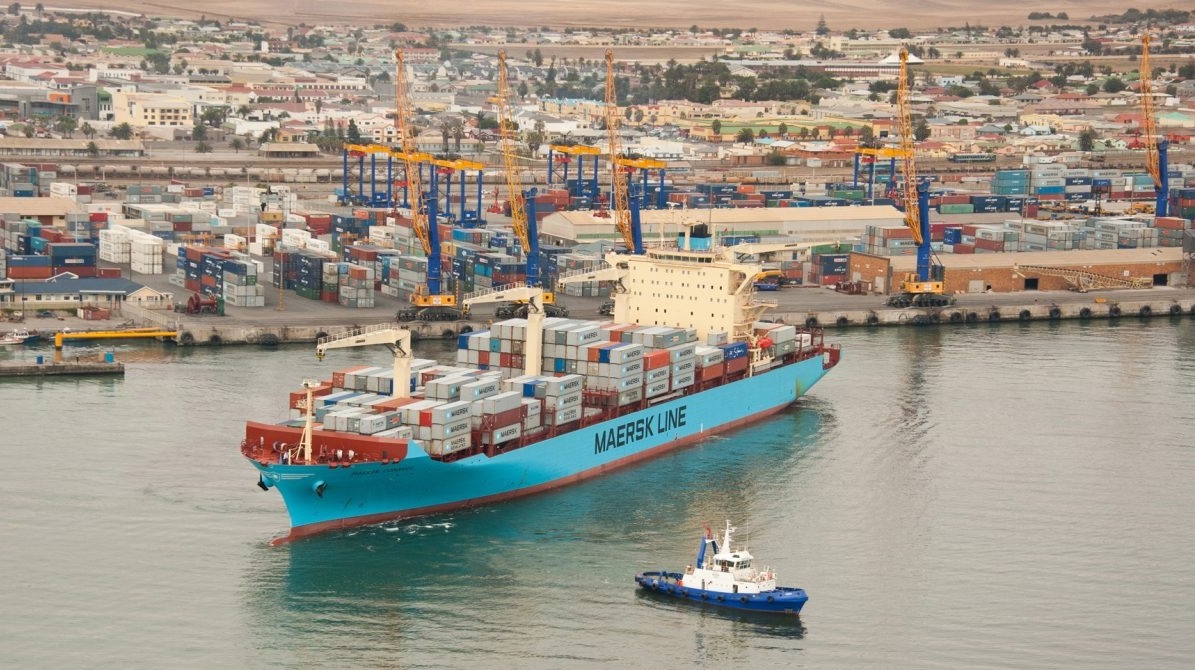
Africa’s long-awaited trade agreement has officially entered a new phase of real-world implementation. Namibia on Sunday launched its first shipment of goods under the African Continental Free Trade Area (AfCFTA), marking a significant milestone in the continent’s efforts to promote intra-African trade and economic integration. The export, which departed from the Port of Walvis Bay, is part of the AfCFTA’s Guided Trade Initiative—a coordinated effort to operationalize the agreement by enabling real, tariff-aligned transactions among member states.
Although the AfCFTA technically came into force in January 2021, practical trade under its terms had been slow to take off due to challenges in aligning customs procedures, finalizing tariff schedules, and implementing rules of origin. Namibia’s shipment demonstrates that those hurdles are beginning to be overcome, signaling that the continent is starting to move beyond declarations and toward actual trade liberalization.
Ethiopia is also expected to follow suit, with plans to begin AfCFTA-aligned exports starting July 1, 2025. Government officials in Addis Ababa say they are prepared to trade more than 6,300 products under the agreement, further expanding the scope of continental cooperation.
The AfCFTA seeks to create a single African market for goods and services across 54 countries, with a combined population of over 1.3 billion people and a GDP of more than $3.4 trillion. As countries like Namibia and Ethiopia begin shipping under the deal, it marks a critical step toward achieving the vision of a unified, prosperous Africa driven by trade and industrialization.
Intra-African trade has already shown signs of growth. According to Afreximbank, intra-continental commerce rose by 12.4% in 2024 to reach approximately $220 billion. This upward trend is expected to accelerate as more nations fully adopt the AfCFTA framework and as key support tools like the Pan-African Payment and Settlement System (PAPSS) facilitate local currency transactions across borders.
However, significant work remains. While the Guided Trade Initiative represents a major breakthrough, experts caution that the real benefits of the AfCFTA will depend on reducing non-tariff barriers, investing in logistics infrastructure, and broadening trade integration to include services, investment flows, and digital commerce.
Namibia’s breakthrough, nonetheless, sets the tone for what could become the most transformative economic project on the continent. It offers hope that African economies are beginning to pivot from dependency on extractive exports to higher-value manufacturing, regional value chains, and domestic industrial development.
By: Contributor | TPA News Desk | editor@thepointafricanews.com








Leave a Reply